
Form 17 After FHL: Should Joint Owners Act Now?
What Changed with the End of the FHL Regime?
From 6 April 2025, the favourable tax treatment for Furnished Holiday Lettings (FHLs) has officially ended. For the 2025/26 tax year and beyond, holiday lets are now taxed like any other residential rental property. This shift has a direct impact on how rental income is treated when the property is jointly owned, particularly by spouses or civil partners.
Default Income Split for Jointly Owned Properties
By default, when spouses or civil partners own a property jointly, income is split 50:50 for tax purposes—even if their actual ownership shares differ. This default rule applies unless they:
- Own the property as tenants in common in unequal shares, and
- Submit a valid Form 17 to HMRC to elect for income to be taxed based on their actual ownership shares.
Under the old FHL rules, this restriction didn’t apply. Joint owners could flexibly allocate profits and losses as they saw fit. Now, with those flexibilities gone, reviewing the ownership structure and tax treatment is crucial.
Why Form 17 Matters More Now
With FHL tax perks removed, failing to take action could result in a higher collective tax bill.
Case in point:
David and Lisa own a holiday property in Suffolk. David earns £90,000 annually, placing him in the higher tax bracket. Lisa earns £20,000 and is taxed at the basic rate.
Under the FHL regime, they split profits 5:95 to make use of Lisa’s lower tax rate. With profits of £20,000, this meant David paid tax on just £1,000, while Lisa paid tax on £19,000. But starting in 2025/26, unless they act, the income will default to a 50:50 split, taxing each on £10,000. As a result, David’s taxable income increases by £9,000 at a higher rate, potentially costing them £1,800 more in tax.
Can They Keep the Old Split?
Yes—but only if:
- The property is held as tenants in common in the desired 5:95 ratio, and
- A valid Form 17 is submitted to HMRC.
If the property isn’t already owned this way, they can take advantage of the no gain/no loss capital gains tax rules that apply to transfers between spouses or civil partners. They can adjust their ownership shares and then file Form 17 accordingly.
Rules for Making a Form 17 Election
To make a valid Form 17 election:
- The property must be owned as tenants in common in unequal shares.
- The election must be jointly signed and submitted to HMRC within 60 days of the signing date.
- The election is effective from the date signed; it cannot be backdated.
Importantly, couples can’t retroactively decide at the end of the tax year that it would have been better to elect a different income split.
When Form 17 May Not Help
A Form 17 election isn’t always beneficial. For example, if the higher-earning partner owns a larger share of the property (e.g., 70%), the default 50:50 split may reduce the couple’s overall tax burden. Always evaluate who holds what percentage and how their tax rates affect the outcome.
Final Thoughts
With the end of the FHL regime, jointly owning a holiday let now requires more strategic tax planning. Reviewing ownership structures and considering a Form 17 election could make a meaningful difference in your annual tax bill.
Partner Note: ITA 2007, ss. 836, 837; TCGA 1992, s. 58;
Form 17 Guidance – GOV.UK
For more information, Book a Free Consultation
Need Accountancy Support?
For information on bespoke training, or if you have any other questions for Makesworth Accountant, please fill in your details below






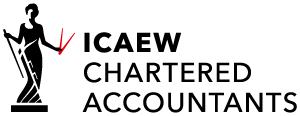

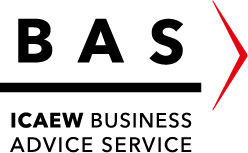

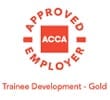
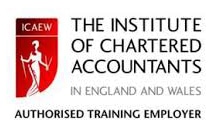

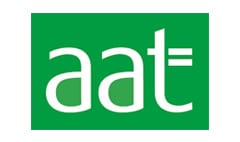
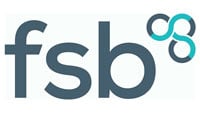

 151
151